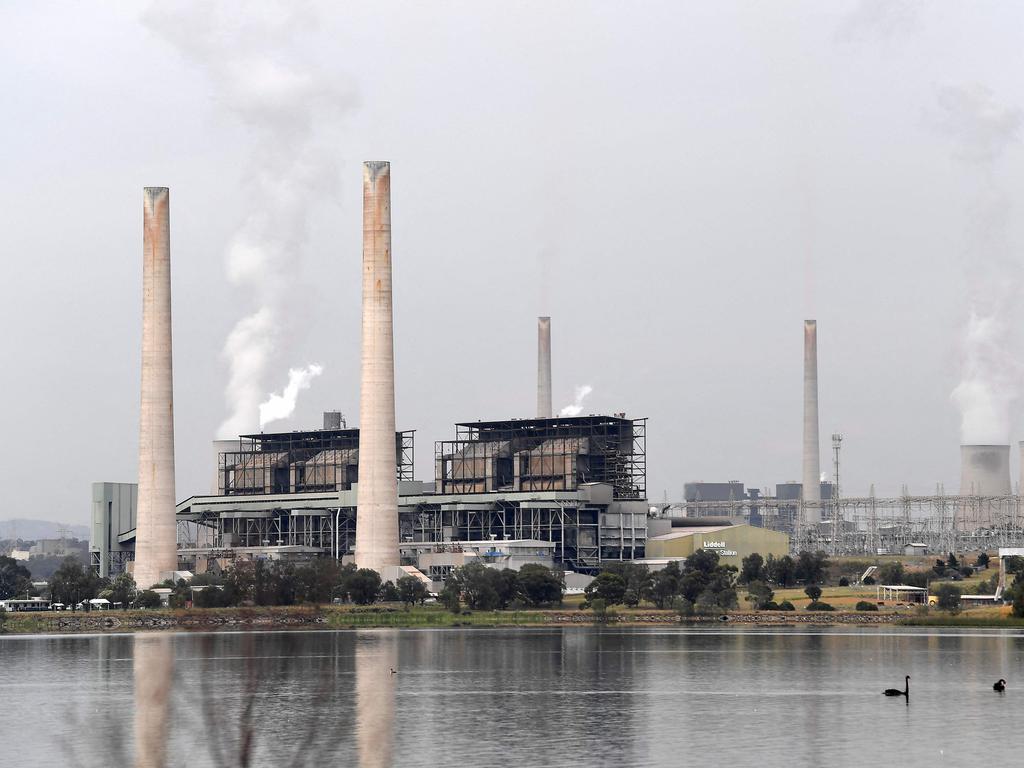Still flying blind on power plan
The AEMC makes the rules and in 2024 it forced the AEMO to present an annual report on how the national electricity market would deal with the many changes that came from shifting from a baseload-focused grid to one powered primarily by intermittent sources of renewable energy. In a review of the AEMO’s first report, the AEMC has said there is more work to be done, and quickly.
Top of the list of concerns is how to maintain the services that come automatically from large synchronous generators. It is possible to provide these services in other ways but the message from the AEMC is that not enough work has been done on how this can work at scale.
In its first transition plan released in December 2024, the AEMO said “there are significant challenges to achieving secure power system operation solely through the suite of specific system security services”. Currently, when the system is not able to cope, the AEMO intervenes in the market to direct more fossil fuel-generated power to ensure there is adequate system strength. The AEMC is right to say this is an unsustainable approach as more coal-fired generators get set to exit the market. The reality is coal still supplies the backbone of electricity supplies, even if wind and solar may hit peaks at certain times.
As we report on Saturday, the rule maker has warned that electricity system security risks are emerging faster than expected and a detailed plan urgently is needed for how the national grid will operate without baseload power from coal. The AEMC said what has long been obvious: that the retirement of major thermal generation assets across the next decade presents a pressing system security challenge.
What is incredible is the admission that it has no idea what all of the potential system security shortfalls may be as thermal generators retire. If the AEMO has done the work it urgently should make the results known publicly. As things stand, it has not shared the results of any modelling with the rule maker.
The AEMC says the AEMO transition plan needs to be sufficiently granular for market participants to invest in the required mix of technologies and provide the AEMO as market operator with the confidence to avoid reliance on market interventions to maintain stability.
For an example of what can happen without adequate system strength it is necessary to look no further than the “system black” event in South Australia in September 2016. In that instance, South Australia lost its electricity connection with Victoria because of a series of power failures in a big storm. In an analysis of that event, the AEMC said it “illustrates how the risk and resilience profile of the power system is changing”. The rule maker said the event demonstrated the need to “evolve existing power system security and resilience frameworks, to better reflect the full range of emerging risks present as the power system changes”.
One of the big lessons was the difficulty in restarting an electricity grid network once power had been lost in the absence of big synchronous generators. There have been changes since then using new technologies, some of which have come at great expense. But what the latest report shows is that the AEMC still thinks there is a long way to go.
Another example of grid resilience failure is being investigated as a result of the electricity outages affecting Broken Hill and Far West NSW in October 2024. In that case, storms brought down power lines, back-up generators could not respond, and neither could a much-hyped 50MW Broken Hill battery, nor the 200MW Silverton wind farm about 10km away or the 53MW Broken Hill solar farm just across the road.
Experience shows that delivering what is needed for the energy transition is difficult and often takes longer and costs more than expected. It’s sobering to think it may not work. Alongside defence preparedness, energy security is the major issue facing the nation. The AEMC has lifted the curtain on exactly how uncertain Labor’s renewables-only transition plan really is.



Beyond Climate Change and Energy Minister Chris Bowen’s political bravado regarding the renewable energy transition is an admission that policymakers have yet to detail exactly how it is all going to work once the last coal-fired plant has been shut. This is the conclusion that must be drawn from the Australian Energy Market Commission’s latest dispatch to the Australian Energy Market Operator.